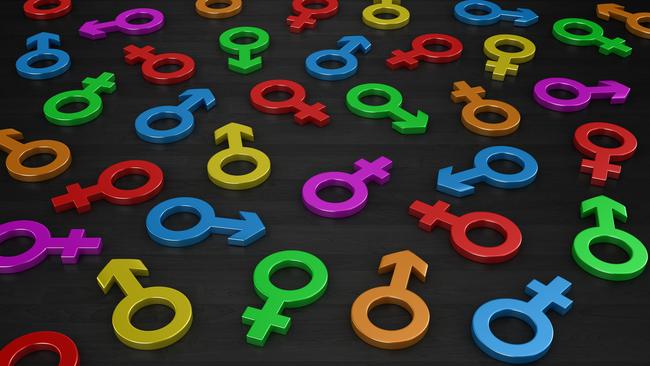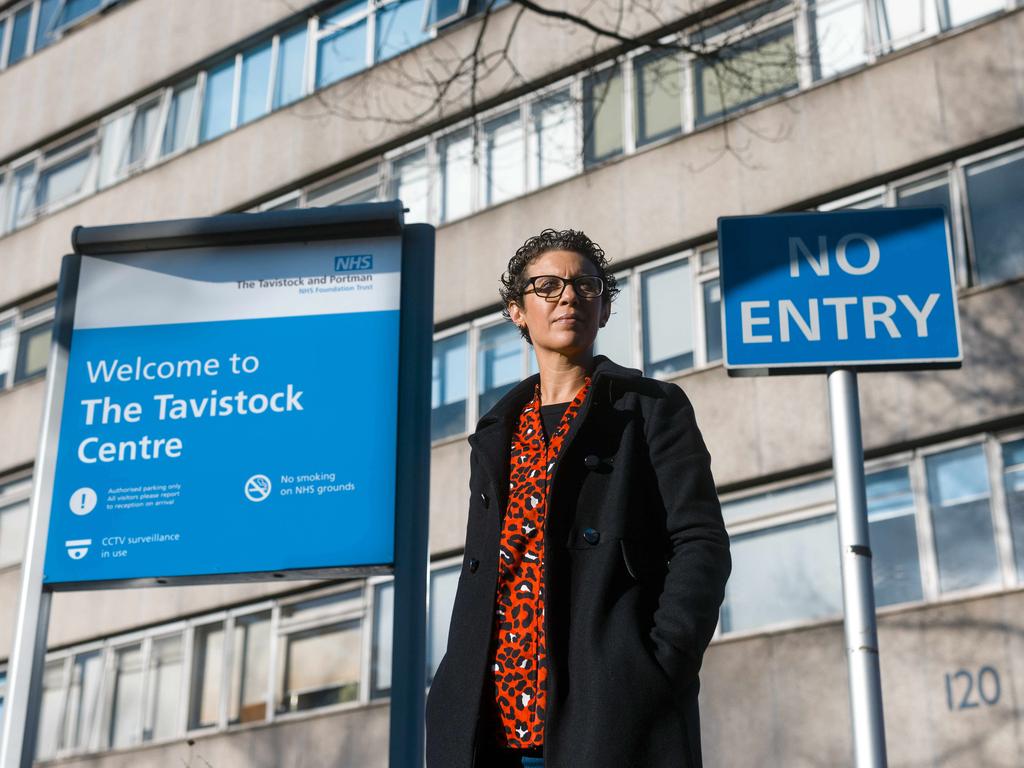
In a TEDx talk published in 2017, Green recalls thinking that her son might be gay, which was fine for her “but not for Dad”. Green goes on to describe Jack’s gender nonconformity creating “such tensions” with her husband that “we ended up in couple’s counselling”.
While the couple appeared to have resolved their differences at the time of her TEDx talk, the tension within their child had not abated. Jack was administered with puberty blockers and cross-sex hormones, and was flown to Thailand for surgery as a teenager. By 16 he had undergone a full gender reassignment.
Green is now a high-profile trans advocate in Britain. But she has come under scrutiny in recent months in the wake of the closure of Tavistock child gender identity clinic that she was involved with as an adviser. Britain’s The Guardian newspaper also has reported recently that her charity, Mermaids, was sending children chest binders behind their parents’ backs.
But while Green is facing increased scrutiny back home, ABC Australia uncritically has premiered a television series largely based on her family’s story.

All reports indicate that Green’s son has no regrets and lives happily as a trans woman named Jackie. Nevertheless, it is important to remember the available evidence indicates that most children who exhibit gender nonconformity in childhood grow up to be gay adults who are happy in their own bodies.
The largest follow-up study of gender nonconforming boys to date, conducted by a team led by Devita Singh of the University of Toronto, found that more than 87 per cent of boys who were gender dysphoric at age seven desisted by early adulthood. In other words, they grew out of it. Most of these young men also were biphilic/androphilic, which is the technical term for being attracted to men or to both sexes.
The authors of the study concluded that desistance from gender dysphoria is by far the more common outcome. Persistence occurred only in a minority (12 per cent) of boys.
The high rate of desistance is one reason many evidence-based clinicians prefer to offer a “watchful waiting” approach rather than a reflexive gender-affirming approach for children with gender dysphoria. If most boys who exhibit gender dysphoria end up growing out of it, then avoiding unnecessary medical interventions also will allow them to avoid the iatrogenic harms, such as infertility and sexual dysfunction, associated with interventions.
In her new book about the now-closed Tavistock gender clinic, British journalist Hannah Barnes reports of clinicians recalling “multiple instances of young people who had suffered homophobic bullying at school or at home”, then later identifying as trans. According to one clinician, “so many times” parents would say: “Thank god my child is trans and not gay or lesbian.”

In our modern progressive society, the idea that homophobia may be a driving force behind transgenderism may seem like an unlikely hypothesis.
And it is certainly true there is very little in the way of evidence that supports the link, aside from the anecdotal evidence offered up by clinicians.
Nevertheless, discomfort with sexuality is not an uncommon phenomenon, even among progressive parents. And homophobia certainly drives transgenderism in countries outside of the West.
Iran, for example, is an international hub for gender reassignment surgery, while homosexuality is punishable by death. In 2007, Iranian politician and later president Mahmoud Ahmadinejad famously declared that Iran had no gay people. The state, meanwhile, helps fund sex-reassignment surgeries.
Speaking to The Economist, a 25-year-old Iranian chef explained: “I realised quite early on that I was gay.” But after he was expelled from school, his parents took him to a psychologist who offered a different explanation: “He told me I was transgender and had to change my sex.”
Activists often will present transgender identity as being analogous to being gay or lesbian, and that trans rights are like the fight for gay rights one or two generations ago. But this comparison is a tenuous one.
Researchers know that sexual orientation is immutable from a very young age, whereas gender identity is not.
They also know cross-sex behaviour is a strong predictor of homosexuality in adult men and, while homosexuality can be detected on brain scans, there are no such biological markers for transgenderism.
Identifying which children will grow up to be gay and happy in their own bodies and which will remain gender dysphoric is a difficult task, and one that is still open to scientific debate. Some clinicians will err towards watching and waiting, while others will err towards gender affirmation.
Both approaches have their merits, and both approaches have their drawbacks.
What is most scandalous, however, is the quashing of debate on these issues.
In Australia and in other countries, those who have raised legitimate concerns about the medicalisation of gender dysphoric children have been bullied, vilified and smeared.
Only now is the debate opening up in light of the closure of Britain’s largest gender clinic. But for too long there has been a spiral of silence that has prevented informed, sensible discussion.
And as British-American author and early campaigner for gay-marriage Andrew Sullivan recently described it, this spiral of silence as the “greatest scandal in gay rights history”.
Claire Lehmann is founding editor of Quillette.








Susie Green noticed something different about her boy from the age of two. As a toddler Jack liked to play with dolls and ponies rather than action figures and trains.